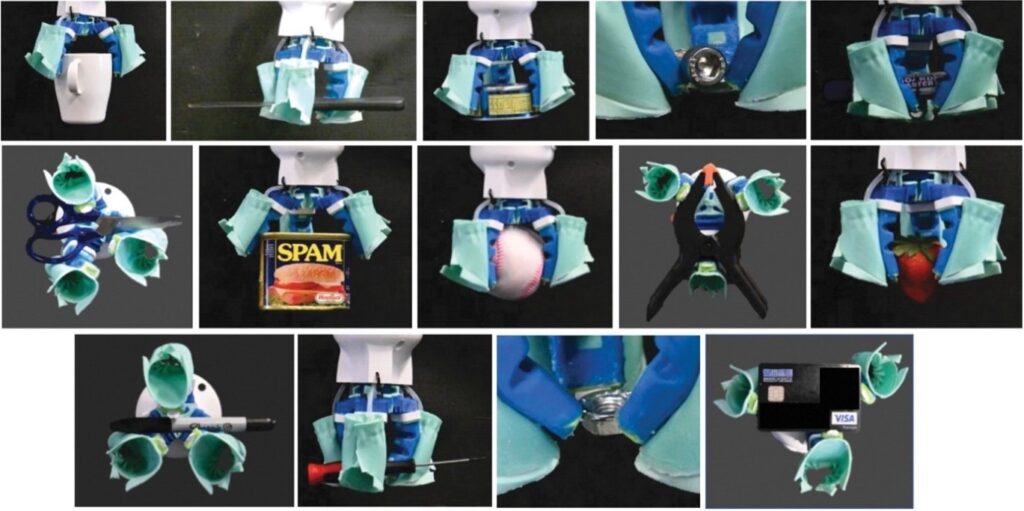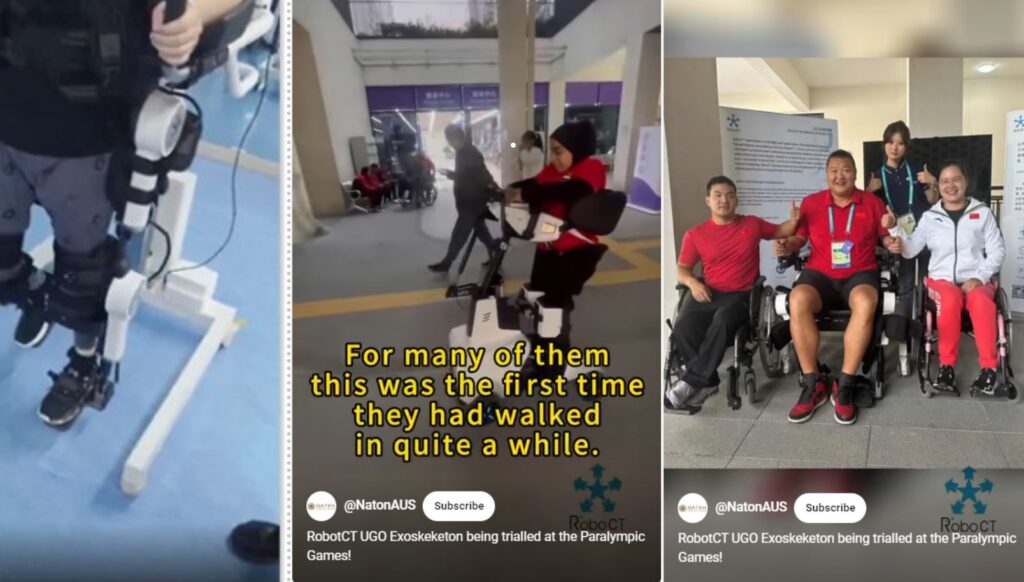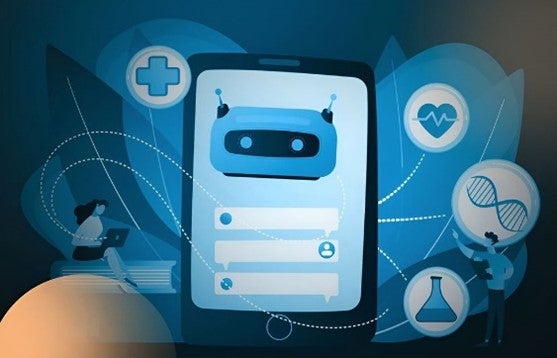Automation & Robotics Studio #1
This studio explores problems to improve productivity in the manufacturing and logistics sectors, as well as enhance efficiency in rehabilitation. In the current manufacturing sector, there is a need for evolutionary design approaches to enhance the efficiency of pick-and-place applications. For logistics, intelligent solutions using non-camera tracking approaches are highly sought after. By integrating AI-assisted rehabilitation devices in the healthcare sector, patient outcomes and experience can be enhanced, alongside higher operational efficiency.
Project supervisors:
- A/Prof Lim Li Hong, Idris (lhi.lim@nus.edu.sg)
- Mr Graham Zhu (graham88@nus.edu.sg)
Studio timeslot in Semester 2 AY2024/2025:
- Wednesday 9 am to 12 pm @ iDP Studio 4 (E2A-03-03)
Adaptive grasping strategies with a reconfigurable gripper
Project partner: Singapore Institute of Manufacturing Technology (SIMTech)
While the use of robotic grippers can greatly enhance the efficiency of pick-and-place tasks, the current methods for designing these grippers are manual and experience-driven. These processes are time-consuming and lack the adaptability needed to accommodate changes in manufacturing requirements. There is a clear need for an innovative design approach that enables rapid iterations in the creation of task-specific robot grippers. Achieving this level of versatility in robotic grippers remains a significant challenge. Striving for a level of versatility akin to human capabilities with a single gripper and a reduced number of actuators is a complex task. The search for an optimal method to achieve this remains an open area of research in both robot manipulation and gripper development.
Project scope:
- Explore evolutionary design approaches to create adaptive grippers. This involves iterative processes of selection, mutation, and recombination inspired by biological evolution.
- Develop a strategy for multi-degree-of-freedom (multi-DOF) actuation using soft and hybrid actuators. These actuators may incorporate both soft and rigid materials, allowing for axial, twist, and omni-directional bending movements.
- Develop strategies for gripper reconfiguration, enabling fast adaptation to different configurations. This includes the implementation of interchangeable modules and a universal mechanical interface.

Non-camera tracking solution for logistics warehouse
Project partner: CEVA Logistics
CEVA Logistics is a company of the CMA CGM Group and a Top 5 player in global logistics. Protecting the customers’ data privacy and confidentiality is one of the top responsibilities of the entity.
In logistics, a warehouse staging area is a rack-free zone usually located in front of the loading docks where goods are placed temporarily on the floor, waiting to be transported to another location. The productivity of the staging area is crucial to the overall efficiency of the warehouse. Implementing a tracking system can greatly enhance the ability to monitor productivity. However, the warehouse often handles sensitive goods where the customers’ confidentiality is a concern. To address this challenge, CEVA Logistics is looking for a non-camera tracking solution to monitor and record the productivity and movements of people, tracks, and pallets.
Project scope:
- Review suitable non-camera sensor technologies and detection systems.
- Review artificial intelligence methods and algorithms for tracking productivity and movement.
- Propose and evaluate concepts for the area of interest.
- Select the most promising design concept, build and test the proposed solution.
![]()
Automated AI assisted rehabilitation equipment
Project partner: Clemvision
Automated rehabilitation equipment for stroke patients often combines advanced robotics, sensors, and AI technology to facilitate recovery. Automated AI rehab equipment enhances engagement with patients, as its interactive nature and gamified elements can keep them motivated. It also allows accessibility, where patients can practice rehabilitation at home or a nearby Community Centre, reducing the need for constant in-clinic visits. Continuous learning from patient data helps refine therapy programs and improve outcomes over time. Integrating AI into rehabilitation equipment for stroke patients aims to create a more effective, engaging, and personalised recovery experience.
Project scope:
- Robotic/Motors Assistive Devices: Devices like exoskeletons or robotic arms assist patients in performing movements they might struggle with.
- Sensor Technology for Health Monitoring: These devices can be equipped with motion sensors, force sensors, and sometimes cameras.
- Data Analytics for Adaptive Therapy: AI can analyse individual patient data to create tailored rehabilitation programs that adapt over time.
- User Friendly Interface for Virtual Therapy.

Robotic solutions to engage patients for improved health outcomes
Project partner: SingHealth
Patients and caregivers hold beliefs about various clinical conditions and treatments. These beliefs impact their health outcomes, and some beliefs impact health outcomes negatively. Due to patients’ relatively short stay at hospitals, and the need for much time for cognitive changes, hospitals are not ideal locations for the changing of such beliefs.
This project focuses on technologies and design to engage patients to address misconceptions and unhealthy beliefs. Our project partner, SingHealth, drives the transformation of healthcare and provide affordable, accessible and quality healthcare. With the convergence of clinical care, education and research, SingHealth pursues innovations to deliver better and more accessible care to patients, ensuring that patients remain well-supported as they journey from one care setting to another.
GenAI has shown promising outcomes in the changing of beliefs, due to the fact that GenAI chatbots can be extremely persistent. A jailbreak-resistant GenAI chatbot to change unhealthy beliefs in patients and caregivers about clinical conditions and treatments. In addition, what are the other methods that can be used to complement this approach? Beliefs can only be changed if the patients are willing to know more. How would we encourage the patients to clarify their doubts? How do we make this chatbot fun and engaging?
Project scope:
- Analyse existing technology and solutions from the user, commercial and technological aspects.
- Ideate concepts that are engaging and fun, which allow the patients to continue the interactions through a virtual bot at home.
- Apply design methodologies and engineering principles in design.
- Develop prototypes for testing and validation.


